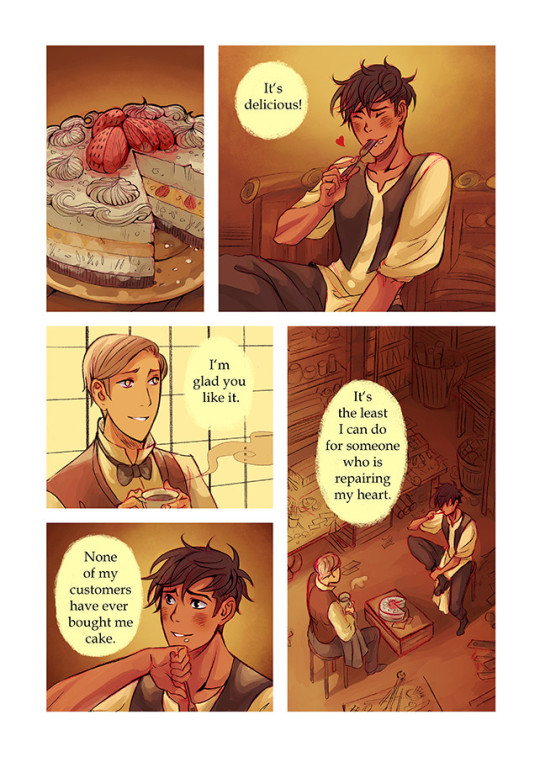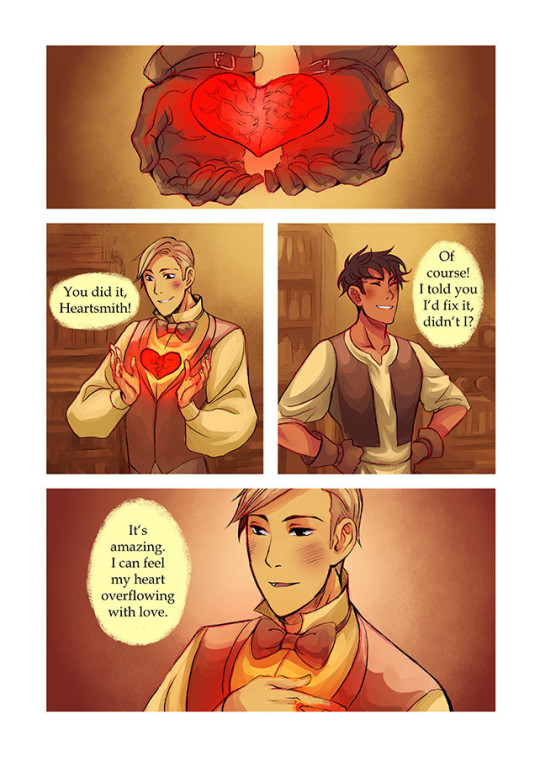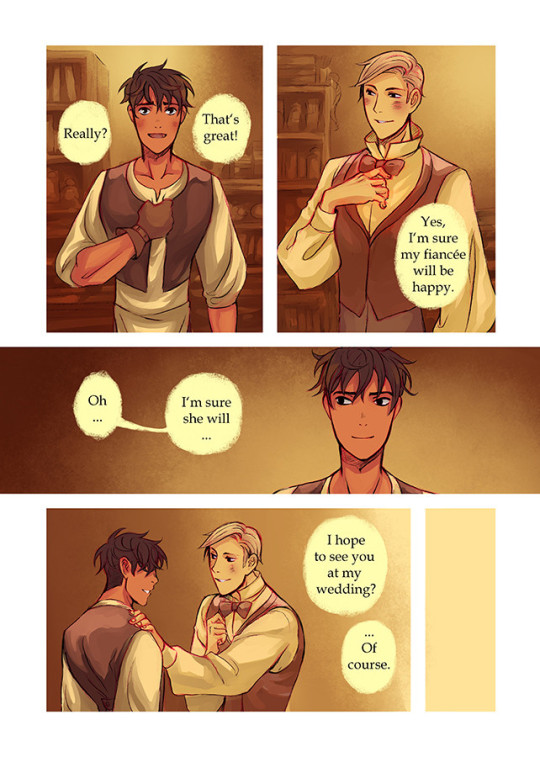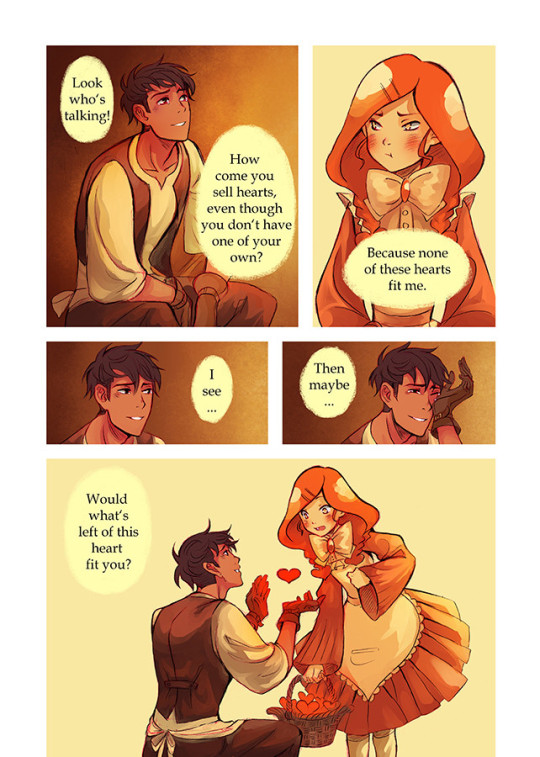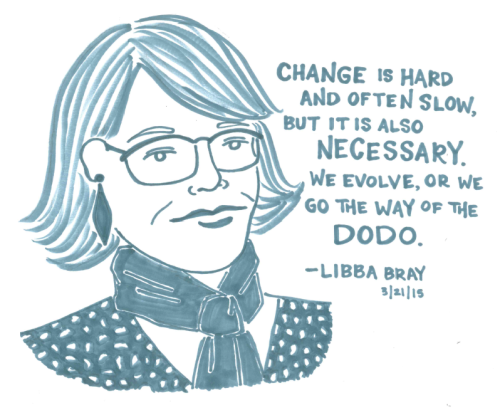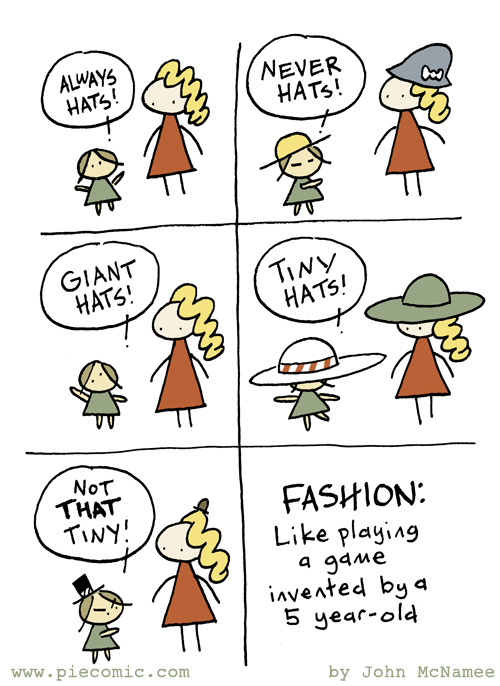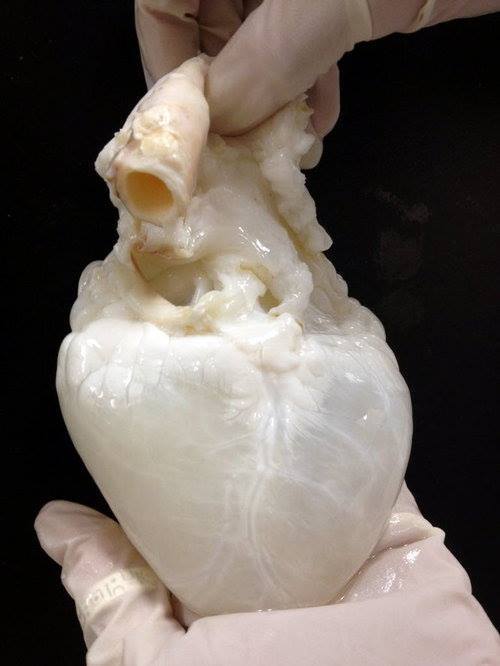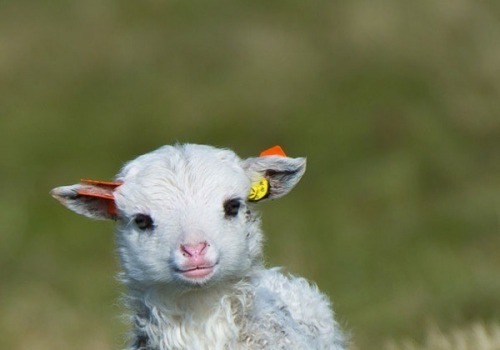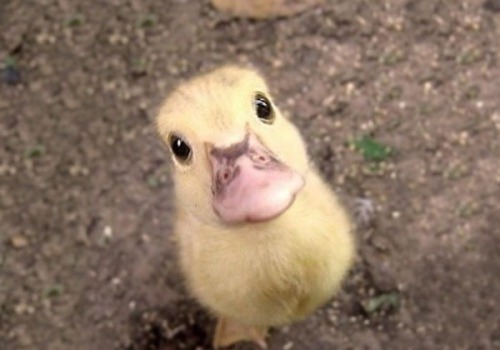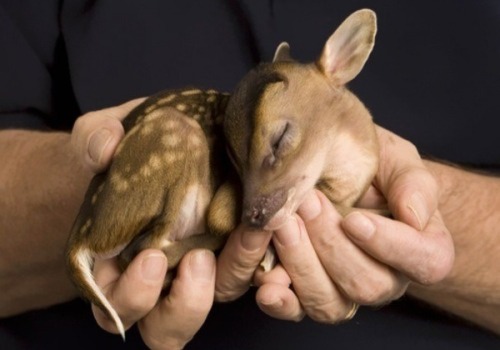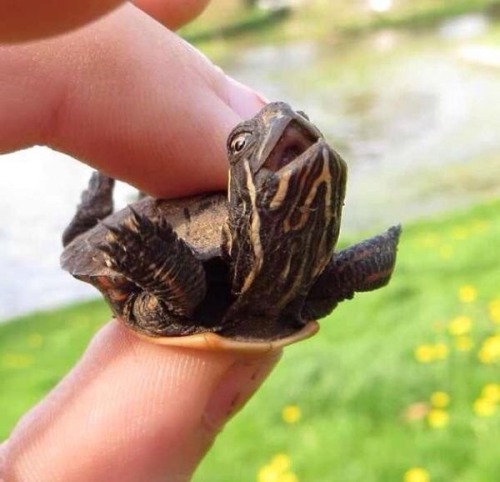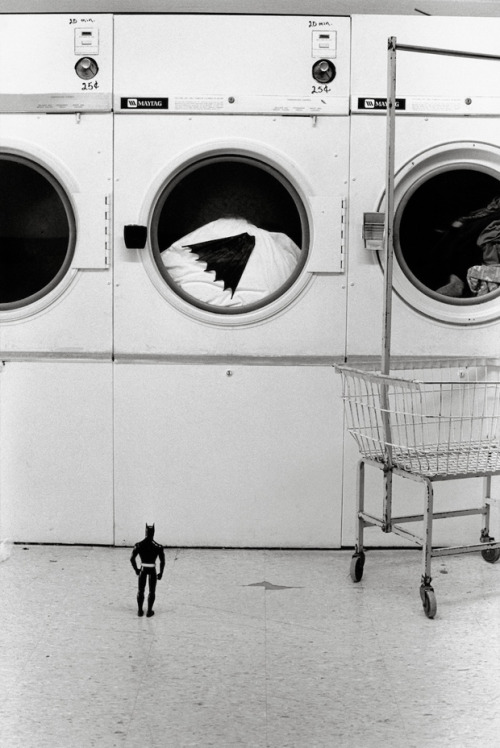Imagine a Martian zoologist, visiting Earth and observing Homo sapiens for the first time. He, she or it would see a species of primate that differs from the others in many ways, all of them involving our complex cultural, intellectual, linguistic, symbolic and technologic lifestyles. But looking at us through a zoologist’s lens, our observer wouldn’t be especially impressed. To be sure, we have some distinctive anatomical traits (mostly hairless, bipedal, big brains, non-prognathic jaws, unimpressive teeth, and so forth) but being unique isn’t itself unique. Every species is special in its own way.
Among our catalogue of not-so-special traits would be the fact that men are on the whole larger than women: about 7 per cent taller and 15 per cent heavier, with this difference somewhat greater when it comes to muscularity. Also notable: men outnumber women when it comes to lethal violence by a factor of roughly 10:1, a differential found not only cross-culturally among adults, but even recognisable among young children (as a proclivity for violence).
Given these facts, our zoologist would strongly suspect that these humans are paradigmatic harem-holding mammals, notwithstanding the fact that, in the Western world at least, monogamy is the designated standard. In our sexual dimorphism (physical and behavioural male-female differences), we fit the normal polygynous profile for all other animal species. This profile arises as a result of sexual selection, whereby males compete with other males, and more fit males garner a payoff of enhanced reproductive success via an increased number of sexual partners.
This diagnosis of polygyny would be enhanced if the observer visited a high school: girls are physically and socially more mature than same-age boys (to the consternation of both). This pattern, known as sexual bimaturism, is also a polygyny give-away, if rather a counter-intuitive one. In order to reproduce, women undergo considerably more physiological stress than do men; they must nourish an embryo in utero, give birth and then lactate. By contrast, men need only produce a few cubic centimetres of semen. One might expect that males would mature sexually earlier than females since so much less is required of them, but this is not the case. In polygynous species, males must participate in fierce same-sex competition if they are to reproduce at all. Woe betide a male who enters the reproductive arena when too young, small, weak and inexperienced. Just as the degree of sexual dimorphism maps very closely upon the degree of polygyny (average harem size) in a species, the extent of sexual bimaturism is also strongly correlated with the extent to which males compete with each other for access to females. Humans fall into the moderate polygynous part of that spectrum.
Evidence for human polygyny is not confined to physiological differences. Prior to the cultural homogenisation that came with Western colonialism and missionary coercion, more than 80 per cent of traditional human societies were preferentially polygynous. Moreover, genomic data tell the same story: there is considerably more variation when it comes to mitochondrial DNA, which is inherited only from mothers, than in Y chromosome DNA, bestowed upon subsequent generations exclusively by fathers. In other words, over the evolutionary history of Homo sapiens, a relatively small number of men produced children with a relatively large number of women. As a species, we have had a greater variety of mothers than of fathers.
Put this all together, and the result is clear. An unbiased extra-terrestrial observer would consider that Homo sapiens’ polygyny is simply undeniable. Case closed.
But the likely insights wouldn’t stop there. Anyone sufficiently disentangled from the unconscious biases we all suffer from might well note that humanity’s polygynous heritage doesn’t only influence how men and women behave toward each other. It also explains one of our species’ most important imaginary creations: monotheistic religion.
It’s not much of a jump. Each of the three major monotheistic traditions focuses on a male figure, one who strongly resembles an alpha male at the head of a social group. Sophisticated theologians typically emphasise that their deity lacks a physical body, somehow transcending physicality. More rarely, God might be conceived as non-gendered. Nonetheless, there is little doubt that the great majority of believers imagine a personal god who can be spoken to, who answers prayers, who has strong opinions and often discernible emotions, too: sad, angry, pleased, displeased, vengeful, jealous, forgiving, loving, and so forth.
Not everyone buys into a sky-god with a long white beard, a serious and all-knowing mien, capable of rewarding good behaviour and punishing bad. But it doesn’t take much imagination to recognise that God, as worshipped in most of the world, is remarkably humanoid, widely perceived as a great, big, scary, wilful, yet nourishing and protective guy… in short, a silverback gorilla writ large.
These traits deserve scrutiny, in turn.
‘Great’: Muslims enthusiastically cry ‘God is great!’ and although the exact words are specific to Islam, the sentiment is not, as is the apparent need to proclaim it as part of prayer. Among monotheists, God is universally seen as not only great but literally The Greatest in every respect: power, wisdom, goodness and so forth, just as silverback male gorillas would doubtless describe themselves and demand that their subordinates agree.
‘Big’: dominant, harem-keeping males are typically large in stature – recall sexual dimorphism – and, among tribal as well as modern religious traditions, they generally grant themselves ornamentation (ceremonial regalia, especially head-gear) that make them seem bigger yet. Moreover, subordinates are expected to emphasise their diminutive status by bowing, kneeling and in any event keeping their heads lower than that of the king, pope, bishop, dominant gorilla or chimpanzee. Size – or apparent size – matters. Not surprisingly, a diminutive god is an oxymoron.
‘Scary’: it is dangerous to challenge the status of the alpha harem-master. After all, he got there by being not only omnipotent and omniscient, but also omni-destroying – or at least, highly threatening – when crossed. For the monotheist, fear of God is more than a prerequisite for belief in Him: the two are nearly identical.
‘Wilful’: God generally has very strong opinions, not least that He must be obeyed. A truly omnipotent being presumably could orchestrate things as He chooses, but instead – like an alpha male harem-master who is currently in charge but who has to constantly guard against intruders (against takeovers by other wannabe alphas – or in religious terms, competing gods) – he is jealous, vengeful of those who disobey, vigorously prohibiting any backsliding or counter-revolutionary support for competitors.
God readily emerges as the idealised harem-master. There is no need to distinguish between God-as-alpha-male and God-as-parent
‘Nourishing’: one way or another, harem-keepers are expected to benefit their underlings, often by their success in hunting, warfare or by successfully orchestrating not only their own fertility (via their wives) but also the flourishing of the other group members. ‘He provides food for those who fear him; He remembers His covenant Forever.’ (Psalm 111:15) ‘And it is He who feeds me and gives me drink.’ (Koran 26:79) ‘It is He who made the earth tame for you – so walk among its slopes and eat of His provision.’ (Koran 67:15)
‘Protective’: just as the silverback guards his harem with ferocious protectiveness, so too does God. ‘But you, Lord, do not be far from me,’ implores the psalmist. ‘You are my strength; come quickly to help me. Deliver me from the sword, my precious life from the power of the dogs. Rescue me from the mouth of the lions; save me from the horns of the wild oxen.’ (Psalms 22:19-21)
‘Guy’: the monotheist God is male as are His chief representatives on earth, just like primate harem-keepers. It shouldn’t be surprising that religious leaders are prone to employing the great, big, scary, wilful, yet nourishing and protective guy when seeking to achieve and reinforce their dominance. Why would their followers even succumb to this domination? To some extent, it takes a willing subject to be led down the path of perceiving God as a powerful, harem-keeping entity. Our polygynous history has marinated human beings in precisely this tendency.
In The Future of an Illusion (1927), Sigmund Freud speculated that religion came from displacing the assumption of omniscience, omnipotence and omni-benevolence that, from the infant’s perspective, initially characterises one’s parents. As the child grows older, he or she becomes aware of parental inadequacy, whereupon these god-like traits are projected onto an imagined super-parent who is perfect, powerful and just sufficiently removed from day-to-day events to retain his imagined potency and ability to intimidate. And so, once again, God readily emerges as the idealised harem-master. There is no need to distinguish between God-as-alpha-male and God-as-parent. Both considerations work in much the same way and point in the same direction. In psycho-speak, the outcome is ‘over-determined’.
There is much in the evolutionary psychology of Homo sapiens that renders our species susceptible to God as portrayed in the Abrahamic religions, that is, Judaism, Christianity and Islam. We are deeply sensitive to dominance hierarchies and especially to the need to respect the silverback male and His prerogatives. We are subject to sexual impulses that in our evolutionary past contributed to the success of our ancestors, but that also risked serious trouble if they were not deployed cautiously. Hence, we are endowed with urges that are powerful but that we also intuitively recognise as potentially dangerous to ourselves, especially if they evoke jealous anger from the powerful male.
In The Naked Ape (1967), the zoologist Desmond Morris wrote that religion’s ‘extreme potency’ is simply a ‘measure of the strength of our fundamental biological tendency, inherited directly from our monkey and ape ancestors, to submit ourselves to an all-powerful, dominant member of the group’. Fly over the plains of North America in a small aircraft, and you will have the eerie impression that the towns are inhabited by relatively small creatures, occupying houses that are roughly the same size, except for one exceptionally large building in each town that must be the home of a very large person indeed. In addition to its exorbitant size, each ‘house of God’ has comparatively elaborate architecture, lovely artwork, and the submissive, downright worshipful devotion regularly displayed by the reverential, subordinate troop members, who follow – or at least pretend to follow – the rules He has established. And who feel relieved and reassured as a consequence not only of the obeisance in itself but also confident that they have affiliated with a powerful, dominant leader as a source of protection in a fearsome world.
Along these lines, in The Power of Faith (2007), Jay Glass proposed a reworking of the 23rd Psalm, as it might have been conceived by a chimpanzee. Here is my revised version, suitable for Homo polygynosa, aka H. religiosum:
The Hominin’s Prayer
The dominant male is my leader;
I’ll be okay.
He helps me get food and water
when I need it.
He leads me to the best and safest places.
He eases my anxiety.
He tells me what to do to avoid
getting into trouble, especially with Him.
Even though the savannah is full of dangers,
I will fear no competitors,
For You are in charge.
Your strength and Your vigour they comfort me.
You protect me from other animals (and from Yourself).
You help me out.
I’m doing pretty well… considering.
I feel safe in Your territory and among friends and relatives
as long as I am in Your troop;
and I submit and accept Your dominance.
Forever. (Or at least until someone replaces You.)
John Byers, professor of biology at the University of Idaho, has spent decades studying pronghorns, the fastest terrestrial creatures in North America. Noting that there aren’t currently any super-fast predators in North America, Byers hypothesised in Built for Speed (2003) that the dazzling velocity of these animals is due to their being haunted by the ‘ghosts of predators past’ – now extinct dire wolves and over-sized cats. By the same token, as the psychologist Hector Garcia has pointed out in Alpha God (2015), human beings are haunted by the ghosts of polygyny past, more specifically perhaps – when it comes to their vulnerability to a particular kind of deity-worship – the ghosts of alpha male, harem-holders past.
The suggestion that God has been created in the image of a harem-keeping alpha male is not unique to me: not surprising since it is so consistent with a biological understanding of our species’ history.
Garcia notes that:
male primates struggle for dominance within social groups, using a variety of strategies – fear and aggression among them – to acquire rank status. Rank, in turn, typically confers rewards, which for males includes preferential access to resources such as food, females, and territory. Dominant apes and men have a long history of securing such biological treasure by perpetrating violence and oppression on lower-ranking members of their societies. Once we observe that God, too, is portrayed as having great interest in these kinds of resources, and as securing them through similar means, it becomes increasingly clear that He has emerged as neither more nor less than the highest-ranking male of all.
God, one might assume, would be above caring about the erotic peccadilloes of his followers. Not so: the monotheistic God exhibits classic harem-keeper preoccupation with the sexual behaviour of his followers, including a great deal of what biologists call ‘mate guarding’, and no small amount of sexual acquisitiveness. The Abrahamic God makes it clear that He is ‘a jealous God’, and one who is especially intolerant if any of His flock dabbles with any other deities. ‘You shall not make for yourself an idol, or any likeness of what is in heaven above or on the earth beneath or in the water under the earth. You shall not worship them or serve them; for I, the Lord your God, am a jealous God.’ (Exod. 20:4–5) Unbelievers and those who worship ‘false idols’ are treated with especially violent zeal; like all harem-keepers, He is ruthless in dealing with competition from others who might threaten to displace Him. Moreover, the biblical God personalises whole cities (notably Babylon and Israel) as women in his life, whose obedience and fidelity are paramount, and whose disobedience and infidelity warrant severe punishment.
God’s demands for exclusivity in worship seem to have been taken directly from the playbook of a sexually distrustful dominant male. Insisting that one must ‘have no other gods before me’ is a lot like you must ‘have no other lovers than me’. Here is God, berating Israel for having ‘gone astray’, in the process conflating the worship of other gods with sexual infidelity: ‘If a man divorces his wife and she leaves him and marries another man, should he return to her again? Would not the land be completely defiled? But you have lived as a prostitute with many lovers – would you now return to me?’ (Jer. 3: 1–2)
Moreover, as with those other dominant polygynous males with which our ancestors had to deal, a cuckolded God is a dangerous one: ‘And I will judge thee, as women that break wedlock and shed blood are judged; and I will give thee blood in fury and jealousy.’ (Ezekiel 16:38) The specificity of the threat could have come directly from successful – and violent – polygynists past: ‘Ye shall not go after other gods, of the gods of the people which are round about you; … lest the anger of the Lord thy God be kindled against thee, and destroy thee from off the face of the earth.’ (Deut 6:14-15)
It follows that this God – consistent with mammalian male anxieties generally – would be especially concerned about His paternity, with such concern manifesting itself not only in aggressive, threatening behaviour toward potential sexual competitors, but also in seeking reassurance that He hasn’t been cuckolded.
Accordingly, let’s look at one of the best-known, yet insufficiently examined Biblical passages, from Genesis 1:26. ‘Then God said, “Let us make mankind in our image, in our likeness, so that they may rule over the fish in the sea and the birds in the sky, over the livestock and all the wild animals, and over all the creatures that move along the ground.”’ Here we have the offspring being proclaimed by the Chief Polygynist to be legitimate Chips off the Old Divine Block. God further announces that because of this confirmed connection, His children are the legitimate inheritors of, well, everything.
Many Bible passages assert not only a family resemblance, but God’s direct paternity. For example: ‘Ye are the children of the Lord your God’ (Deut. 14:1); ‘Ye are the sons of the living God’ (Hosea 1:10); ‘We are the offspring of God’ (Acts 17:29). Furthermore, this relationship is strongly coloured with recognisable human emotion, notably paternal love and filial devotion: ‘See what great love the Father has lavished on us, that we should be called children of God!’ (1 John 3:1) And the most influential of Catholic theologians – as Garcia has pointed out – the saints Augustine and Thomas Aquinas argued that the body of man was made in the Imago Dei ‘adapted to look up to heaven’.
More accurately, Imago Dei is a case of Imago Homo, in which God was created in the image of man – or perhaps, Imago Homo polygynosus. Whatever the appropriate Latin phrase, the bio-logical reality is that religious traditions tend to emphasise precisely the continuity (genetic transubstantiated into theological) that evolutionary considerations would predict.
Sexual restraint is a terrific way to avert jealous anger on the part of any dominant harem-keeper
Harem-keeping males are prone to violent regime change: not only are they intensely territorial and aggressive to one another, but they are ruthless upon acquiring new females. In many species such as lions, the new conqueror will kill any young fathered by the previous alpha male. Judeo-Christian tradition conforms so closely to this sociobiological expectation that we might almost wonder if someone had ‘fudged’ the data. The Old Testament in particular brims with horrific exhortations of infanticide, consistent with biological reality if not current morality, and predictably evoked when the ancient Israelites conquer an unrelated tribe that worships other gods: ‘Now therefore kill every male among the little ones, and kill every woman who has known man by lying with him. But all the young girls who have not known man by lying with him, keep alive for yourselves.’ (Num. 31:17–18)
Harem-master males (regardless of species) are often at great pains to constrain the sexual ambitions of their subordinates, and not surprisingly, there are few religions in which God is portrayed as favouring sexual licence, and many in which acolytes are expected to practise abstinence, with virginity and celibacy being especially prized.
The big three Abrahamic religions most especially maintain that God strongly disapproves of various sexual practices, not just adultery. The Abrahamic God is likely to be incensed by pretty much any kind of sexual pleasure, including homosexuality, masturbation, oral or anal sex, revealing clothing, even libidinous thoughts. Sexual restraint is a terrific way to avert jealous anger on the part of any dominant harem-keeper.
It seems likely that the human brain – for all its wonders – also contains a mammalian component that has evolved in an environment of male-dominated polygyny, along with more subtle, female-oriented polyandry – something I haven’t described here, but that also warrants attention. As a consequence, we are predisposed not only to overt polygyny plus covert infidelity, but also to a familiarity with and inclination to participate in systems of social deference and followership associated with an alpha-male polygynist. Not a pretty picture, but as Charles Darwin noted in The Descent of Man, and Selection in Relation to Sex (1871), ‘we are not here concerned with hopes or fears, only with truth as far as our reason permits us to discover it’.
An unfortunate consequence, however, of the evolutionary process that Darwin described so well is that, although Homo sapiens indeed has its vaunted reason, it has also been stuck with ossified behavioural patterns and psychological dynamics that persist in its religious values and strictures, a combination of prehistoric hopes and fears that reflect worldviews that most people would never endorse if they weren’t so used to hearing them. If that same imaginary Martian zoologist with whom we began this meditation were to interrogate an intelligent fish, asking for a description of her surroundings, probably the last thing she would say is: ‘It’s very wet down here.’ By the same token, our polygynous mindset lives on, not least in the unacknowledged deep-ocean trenches of our most prominent worship traditions.
David Barash’s new book, Out of Eden: The Surprising Consequences of Polygamy (2016), is out now from Oxford University Press.











